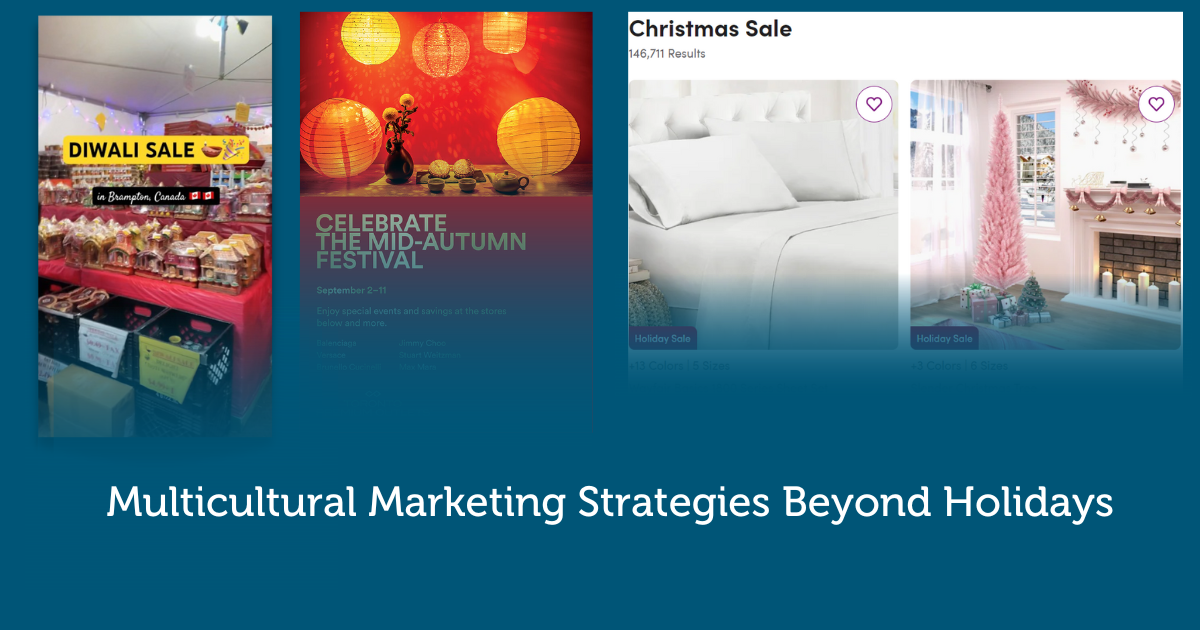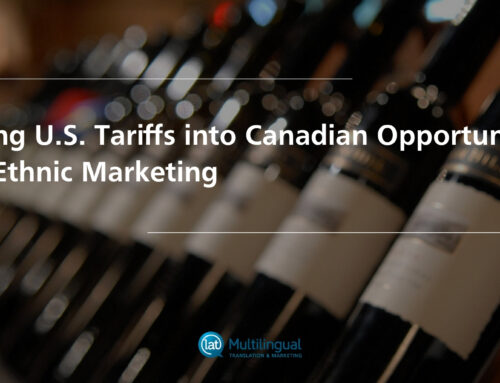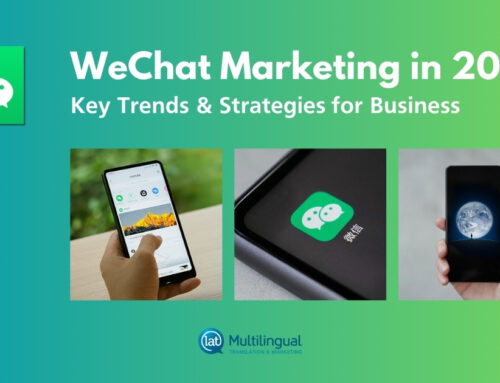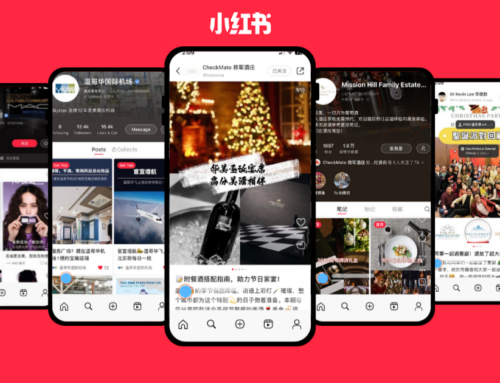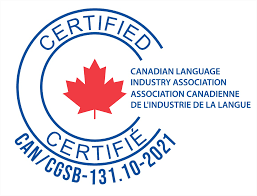‘Tis the Season to celebrate! From Diwali to Kwanzaa and Lunar New Year, the winter brings a lot of cultural festivals – and many brands seize the opportunity for multicultural marketing campaigns that embrace diversity in Canada.
Yet multicultural marketing shouldn’t be an afterthought or a seasonal strategy. If you’re thinking about creating a campaign for a specific cultural holiday this year, it’s a great idea to also think of how it can fit into a broader marketing strategy geared towards the community you’re targeting.
That can help your brand demonstrate a genuine commitment to diversity and inclusivity which resonates more deeply. Below, we’ll cover a brief history of multicultural marketing and some examples of multicultural campaigns that work year-round.
Multicultural Marketing: A Brief History
Multicultural marketing in Western countries didn’t take off until the 1960s when brands began to recognize the value of appealing to more diverse audiences. Yet its evolution has been slow.
In 2015, The Globe and Mail reported that banks and telecom companies still tend to do the most multicultural marketing in Canada, “since a bank account and a phone are two of the most important things people need upon arrival in a new country.”
With historic numbers of newcomers every year, many other Canadian brands still miss out on the opportunity to speak their customers’ language.
Although DEI initiatives have recently raised more awareness of representation in marketing, these efforts aren’t the same as multicultural marketing strategies. Yet brands confuse the two all the time.
As Luis Miguel Messianu puts it, “D&I is about values, and multicultural marketing is about driving value.” Including culturally diverse faces in marketing messages is important, but speaking to those cultures is what really drives value.
Diversity in Canada Creates Year-Round Multicultural Marketing Opportunities
Canada’s 2021 census found that 23% of our country’s population is made up of immigrants; multicultural marketing helps brands reach these communities more effectively.
By making multicultural marketing a fundamental aspect of their brand, companies can show that they value diversity not just during holidays but as an essential part of their business philosophy. Year-round campaigns also allow brands to learn from feedback and engagement with the communities they’re targeting.
One key aspect of successful multicultural marketing is understanding different groups’ cultural nuances, values, and traditions. This goes beyond language and includes understanding cultural symbols, storytelling methods, and societal norms.
That includes things like:
- Having a team from the cultural group you’re targeting involved in multicultural marketing campaigns
- Translating marketing content into the target audience’s native language in ways that capture the nuances of your messaging
- Localizing marketing to ensure that graphics, design, and function meet the needs of your target audience
- Ensuring content is on the platforms your target market uses – for example, Chinese social content on RED or WeChat
By engaging with these aspects throughout the year, brands can develop a deeper and more authentic connection with their audience, which in turn can lead to more effective and respectful marketing campaigns.
How are companies successfully marketing to multicultural audiences?
People are more likely to buy from brands when they see their own identities represented in ads. Mission Hill Family Estate Winery took this approach, with the help of LAT Multilingual. They engage their Chinese Canadian audiences year-round with promotional campaigns on RED and WeChat, expanding the audience for their luxury brand with targeted messaging.
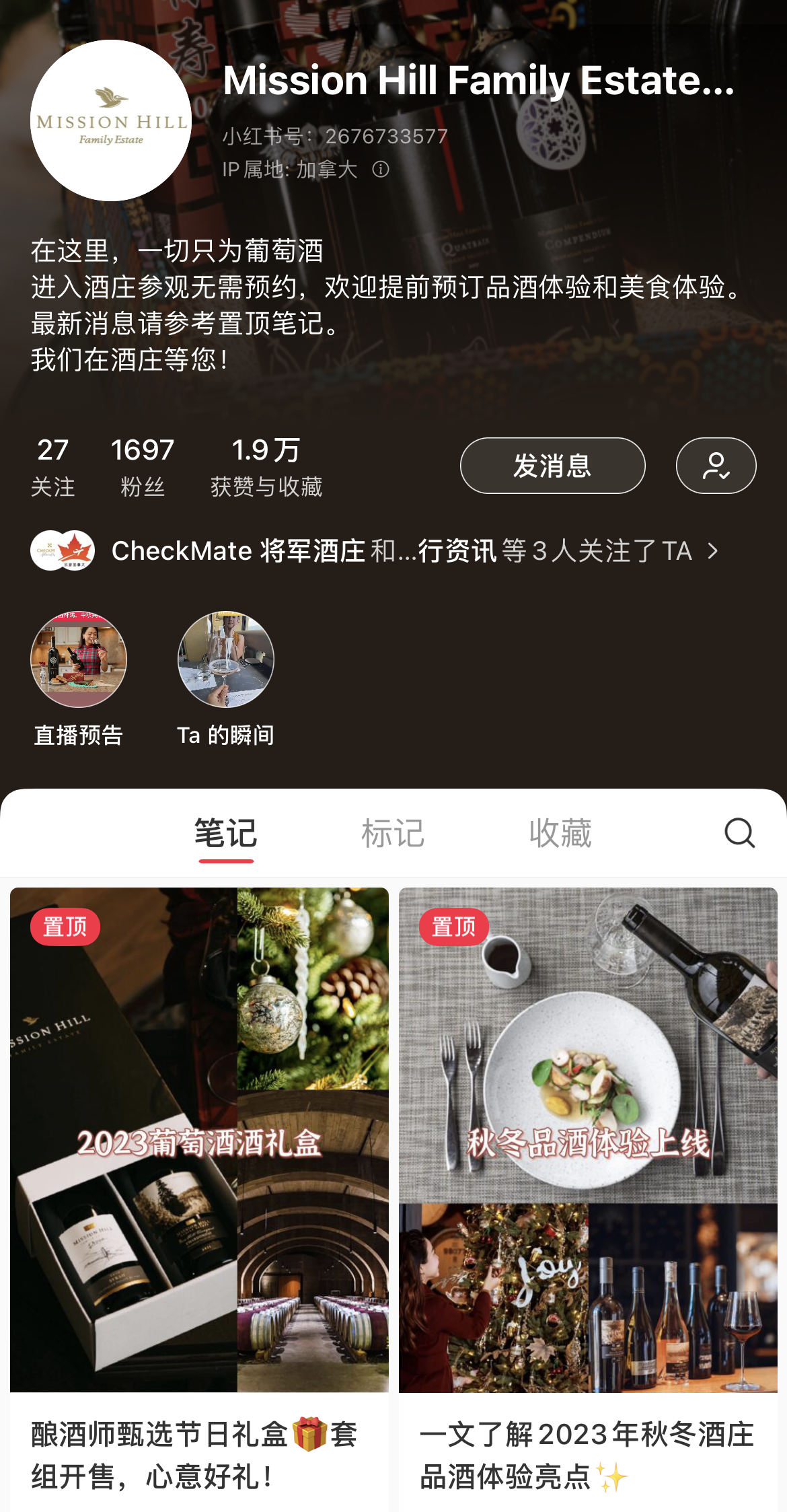
Here are three other examples of effective year-round multicultural marketing campaigns from popular brands, and why they successfully speak to their audience.
SpongeTowels Campaign with Chef Joseph Ho
This ad features a chef cooking at home, with a funny twist on the classic paper towel mop-up scene: when he spills soy sauce, a man dressed as a pack of SpongeTowels mops up the spill.
While the concept could work in many cultures, the creators chose a Cantonese celebrity chef to pique the interest of its target Chinese demographic. The language, setting, and stars of the ad frame SpongeTowels’ message for its target audience.
Starbucks “It Starts With Your Name” Campaign
This Starbucks ad is a culturally sensitive take on trans acceptance in an Indian family, with a campaign that highlights the company’s practice of putting names on cups.
It emphasizes the simplicity of acceptance with a common Indian name, by noting that the daughter’s name Arpita (for a girl) is just one extra letter away from the name for a boy (Arpit).
McDonald’s McArabia “True to Tradition” Campaign
In Islamic culture, elders are served first, so there is a gentle humour in this campaign as the grandchild waits hungrily for his grandfather to unwrap his McArabia sandwich.
The ad ties together the traditional etiquette with the “true-to-tradition” flavours of the sandwich in a relatable way that speaks to its Islamic audience.
How LAT Multilingual Can Help With Your Next Multicultural Campaign
At LAT Multilingual, we take a holistic and thorough approach to consultation in multicultural marketing campaigns. By helping clients adapt and translate content to specific cultural groups, we help ensure that campaigns are culturally sensitive and translated effectively for the target audience.
Speaking to Canadians means speaking many languages. We work with highly skilled translators across the cultural spectrum to ensure that campaigns hit the right notes with their target audience.
Make 2024 the year you embrace multicultural marketing with LAT Multilingual. Contact us to learn more.

